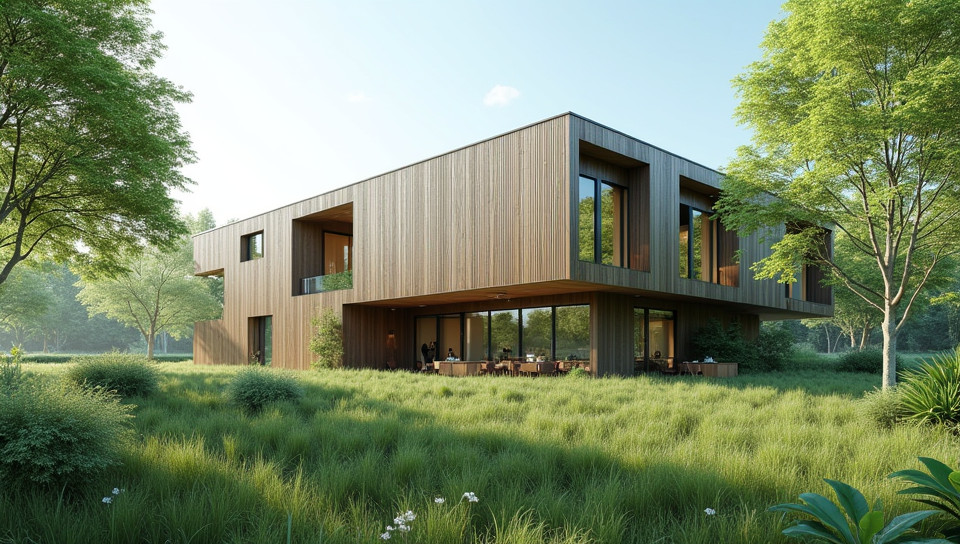Green buildings use low VOC materials 86%

The Future of Sustainable Architecture: Green Buildings Embracing Low VOC Materials
As we strive to create a more environmentally conscious and healthy built environment, the demand for green buildings that prioritize occupants' well-being is on the rise. One crucial aspect of sustainable architecture is the use of low Volatile Organic Compound (VOC) materials in building construction and design. These materials not only contribute to a healthier indoor air quality but also reduce the environmental impact of buildings.
The Risks of High VOC Materials
High VOC emissions from traditional building materials can have severe consequences on human health, including respiratory problems, headaches, and even cancer. Some common high-VOC materials include paints, adhesives, sealants, and flooring products. These chemicals are released into the air as gases or particles, contaminating indoor spaces and affecting occupants' well-being.
Low VOC Materials: A Safer Alternative
Low VOC materials offer a safer alternative for building owners, architects, and contractors who prioritize occupant health and sustainability. These products emit significantly fewer toxins, reducing indoor air pollution and creating a healthier environment. Some examples of low VOC materials include:
- Low-VOC paints and coatings
- Formaldehyde-free adhesives and sealants
- Natural fiber insulation
- Recycled content products
Benefits of Green Buildings with Low VOC Materials
The use of low VOC materials in green buildings offers numerous benefits, including: - Improved indoor air quality - Enhanced occupant health and productivity - Reduced environmental impact - Increased property values - Compliance with building codes and regulations
Designing for Sustainability: Best Practices
To create a sustainable built environment that incorporates low VOC materials, architects and designers should consider the following best practices:
- Specify products with low VOC emissions
- Choose natural and locally sourced materials whenever possible
- Optimize building ventilation systems to minimize indoor air pollution
- Incorporate green roofs, walls, and other features that promote air quality
Conclusion
The transition towards a greener built environment is underway, driven by growing awareness of the importance of occupant health and sustainability. By embracing low VOC materials in green buildings, we can create spaces that not only reduce environmental impact but also improve human well-being. As architects, designers, and builders, it's our responsibility to prioritize sustainable design practices and choose products that promote a healthier indoor environment for generations to come.
- Created by: Samuel Jiménez
- Created at: Dec. 19, 2024, 3:15 p.m.
- ID: 16842









